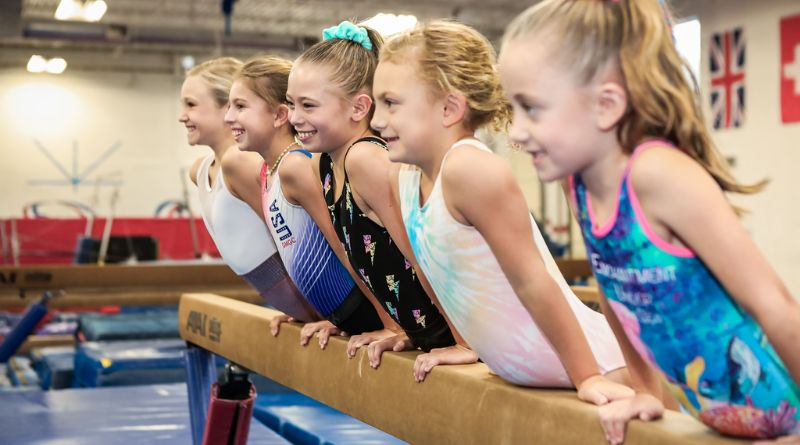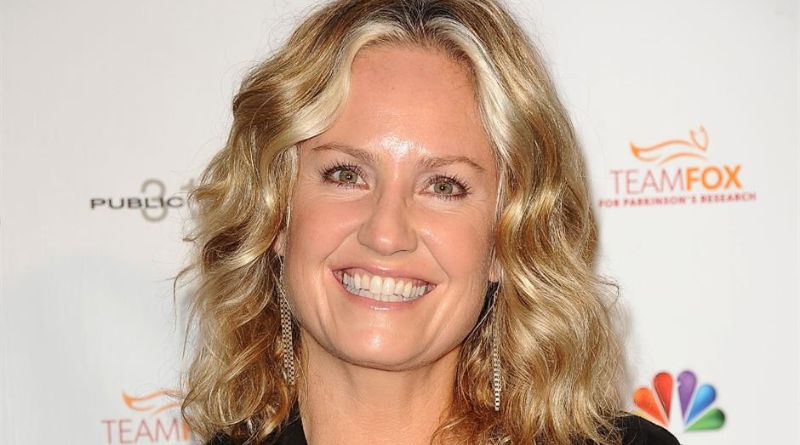Gymnastics is an exciting and rewarding activity for children, offering benefits that go beyond just physical fitness. It helps in building strength, flexibility, coordination, and confidence. As a parent, finding the right gymnastics program for your child is crucial to their development, but it can sometimes feel challenging to know where to start. Searching for kids gymnastics near me can lead you to a wide variety of programs, but how do you determine which one is the best fit for your child?
Table of Contents
This article will explore the benefits of gymnastics for kids, the different types of gymnastics programs available, and tips on how to find the best kids gymnastics near me. We will also answer common questions parents have about enrolling their children in gymnastics classes.
Why Should I Consider Kids Gymnastics Near Me?
Gymnastics is more than just an exciting sport; it’s a complete physical education experience for children. Here are a few reasons why enrolling your child in gymnastics is a great decision:
- Physical Fitness and Health
Gymnastics is an excellent way for children to stay fit. It develops strength, flexibility, balance, and agility, all while being fun. As children perform different exercises and routines, they improve their motor skills and gain a better understanding of their body movements. This helps with other sports and physical activities as well. - Builds Discipline and Focus
Gymnastics requires focus, precision, and discipline. Children must follow instructions, remember routines, and practice repeatedly. This teaches them the importance of hard work, perseverance, and the satisfaction that comes from improvement. - Boosts Confidence and Self-Esteem
Gymnastics is a challenging sport that allows children to set and achieve goals. As they learn new skills and overcome challenges, their self-esteem grows. This sense of accomplishment can positively impact their confidence both inside and outside the gym. - Social Interaction
Gymnastics classes provide children with the opportunity to meet and interact with other kids. They learn how to work in a team, communicate, and share experiences. Social skills developed in the gym can extend to other areas of life, including school and home. - Mental and Emotional Benefits
Beyond physical benefits, gymnastics also supports emotional development. It teaches resilience, emotional regulation, and how to cope with setbacks. The skills learned in gymnastics help children navigate life’s challenges more confidently.
Types of Kids Gymnastics Near Me
When searching for kids gymnastics near me, you may come across a variety of programs designed for different age groups, skill levels, and goals. Here are some of the main types of gymnastics programs to consider:
- Recreational Gymnastics
Recreational gymnastics programs are perfect for children who want to enjoy gymnastics in a non-competitive environment. These classes focus on building basic skills, improving fitness, and having fun. They are suitable for beginners or children who are not necessarily interested in competing. - Competitive Gymnastics
Competitive gymnastics programs are for children who are interested in taking their skills to a higher level. These programs offer structured training and prepare kids for competitions, where they can showcase their abilities in front of judges. Competitive gymnastics requires more dedication and commitment, but it can lead to valuable experiences and achievements. - Preschool Gymnastics
Preschool gymnastics classes are designed for younger children, usually between the ages of 18 months and 5 years. These classes introduce children to basic movement skills like rolling, balancing, jumping, and climbing in a fun and engaging way. They help develop coordination and motor skills while encouraging social interaction and confidence. - Artistic Gymnastics
Artistic gymnastics includes the four main Olympic events: floor exercise, vault, uneven bars, and balance beam. These classes focus on helping children develop their strength, flexibility, and artistic expression as they learn skills specific to each event. Children in artistic gymnastics work toward mastering individual routines and performing them with grace and precision. - Tumbling
Tumbling programs are great for children who want to focus on acrobatic gymnastics, such as flips, handsprings, and other floor exercises. Tumbling helps develop strength, agility, and body control and is ideal for children interested in cheerleading, dance, or other sports that require acrobatic movement. - Trampoline and Tumbling
Trampoline and tumbling classes combine the excitement of jumping on trampolines with acrobatic skills. These programs teach children how to perform jumps, flips, and tricks safely while having fun.
How to Find the Best Kids Gymnastics Near Me
Finding the right kids gymnastics near me program is an important step in ensuring that your child enjoys the sport and benefits from it. Here are some tips for selecting the best gymnastics program:
- Research Local Options
Start by researching local gymnastics schools, clubs, or community centers. You can do this by searching online for kids gymnastics near me or asking for recommendations from other parents or friends. Look at reviews and ratings to get an idea of the reputation of the gym. - Check for Certifications and Credentials
Ensure the gymnastics school is certified by recognized organizations such as USA Gymnastics (for the U.S.) or other national gymnastics bodies. This ensures that the coaches are properly trained and knowledgeable in teaching gymnastics safely and effectively. - Consider the Facility
Visit the facility and assess its equipment, cleanliness, and safety standards. Make sure the gym has properly maintained equipment and is equipped to handle the needs of young gymnasts. Look for a safe and supportive environment where children are encouraged to do their best. - Look for Age-Appropriate Programs
Not all gymnastics programs are suitable for all ages. Check if the gym offers age-specific classes. Preschool classes should focus on basic movements and motor skills, while older children may need more advanced training. Ensure the class level matches your child’s age and experience. - Observe a Class
Many gyms offer trial classes or observation opportunities. Attend a class or watch a session to get a feel for the program. Pay attention to how the coach interacts with the children, how much individual attention they give, and how the children respond to the training. - Check for Schedule Flexibility
Gymnastics classes can vary in terms of frequency and duration. Make sure the schedule works with your family’s routine. Some programs may offer flexible times, weekend classes, or evening sessions that can accommodate busy families. - Evaluate Cost
Gymnastics programs can range in cost, depending on the type and intensity of the program. Make sure to understand the costs associated with each class, including registration fees, monthly tuition, and any additional expenses like uniforms or competition fees. Choose a program that fits your budget while still providing quality instruction.
FAQs About Kids Gymnastics Near Me
Q1: How do I know if my child is ready for gymnastics?
Most kids are ready to start gymnastics around age 2-3, especially for recreational or preschool gymnastics. If your child enjoys physical activity, has a lot of energy, and loves to climb, jump, and tumble, they may be ready for gymnastics. Starting at a young age helps children develop motor skills and body awareness.
Q2: What should my child wear to gymnastics class?
Children should wear comfortable, form-fitting clothing that allows for easy movement. Leotards, athletic shorts, and tank tops are common choices for gymnastics. Avoid clothing with zippers, buttons, or anything that might get caught in equipment. Some gyms may require specific uniforms or attire, so be sure to ask.
Q3: How often should my child attend gymnastics classes?
For beginners, one or two classes a week are usually sufficient. However, as your child progresses, they may want to increase the frequency of their training, especially if they are participating in competitive gymnastics. The ideal schedule depends on the child’s goals, age, and availability.
Q4: Can gymnastics help with other sports?
Yes! Gymnastics helps children develop flexibility, strength, balance, and coordination—all of which are transferable to other sports. Many athletes from sports like soccer, dance, cheerleading, and swimming also practice gymnastics to enhance their performance.
Q5: Is competitive gymnastics appropriate for every child?
Competitive gymnastics is more demanding and requires greater commitment than recreational gymnastics. If your child enjoys the sport and is ready to take on the challenges of competitions, then it may be a good fit. However, it’s important to consider your child’s interest, temperament, and willingness to practice and compete.





Leave a Reply